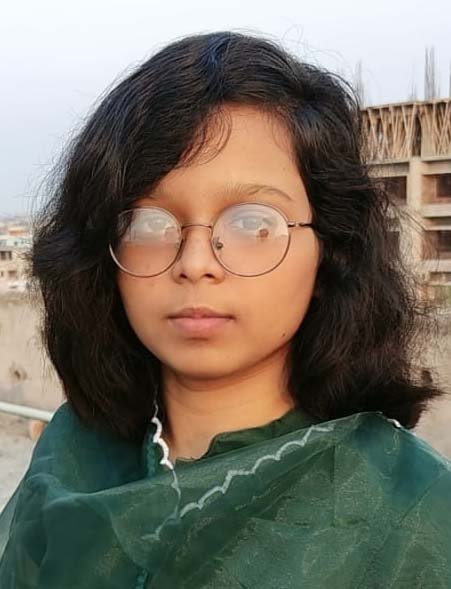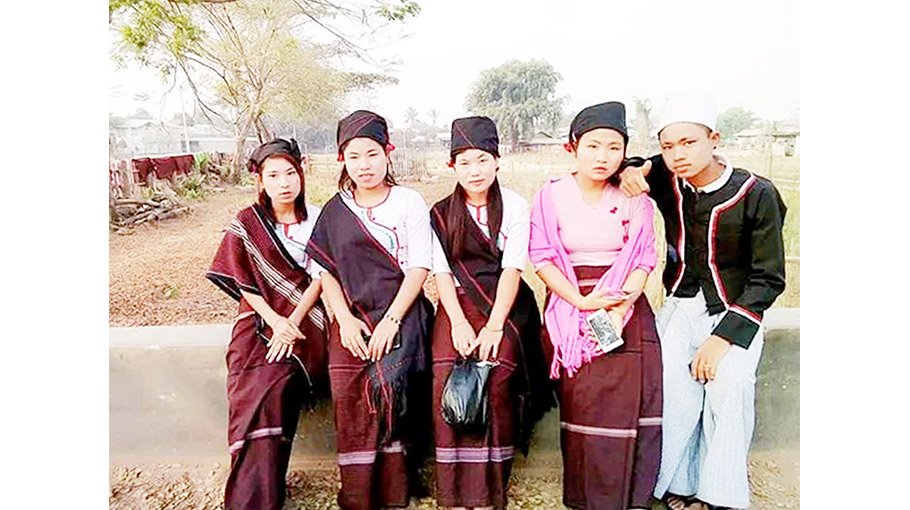Preserving the identity of the Chak: Bangladesh’s most marginalized indigenous community

In the verdant hills of Bangladesh’s southeastern frontier, where the forest whispers the stories of ancient peoples, lives the Chak community—a people often overlooked, yet rich in culture and history. Numbering only around 3,500 and residing solely in the remote parts of Bandarban’s Naikhongchhari upazila, the Chak are the smallest and perhaps the most vulnerable indigenous group in the country. As modern development encroaches and land rights erode, their very identity teeters on the brink. Bangladesh cannot afford to ignore them any longer.
(the picture collected from a facebook page, called Chak’s Voice)
The Chak are not recent settlers. Historical records, including those by Francis Buchanan in 1798 and traditional oral histories, trace their migration from Yunnan and northern Myanmar into the Chittagong Hill Tracts centuries ago. They are not simply hill people; they are a distinct ethnic group with their own language, culture, belief systems, and governance traditions. Yet, their limited population and geographic isolation have rendered them almost invisible in the national narrative.
At first glance, one might romanticize their lifestyle: bamboo stilt houses (machaang ghors), vibrant handwoven garments, and ceremonial dances like Sabba Nayema Presama, performed to honor guests. But beyond this picturesque exterior lies a harsh reality. The Chak people are facing severe socioeconomic marginalization, educational deprivation, and cultural erosion.
Land loss has been the most significant blow to their traditional livelihood, jhum or shifting cultivation. Once practiced by nearly all Chak families, today only about 10 percent continue it. The rest have been forced to abandon this ancestral method due to land grabbing and restrictive land settlement policies. Much of their land has been leased to powerful outsiders for rubber plantations and other commercial purposes, leaving the Chak with little to farm and even less to call their own.
Education is another area where the Chak are falling behind. The nearest school may be miles away, and for many families, sending children to school means forgoing vital help in the fields or at home. With limited resources and inadequate access to education in their mother tongue, most children fail to progress beyond primary school. This educational neglect ensures that their community remains stuck in a cycle of poverty and disempowerment.
Yet the resilience of the Chak people is profound. Despite the challenges, their cultural traditions remain alive. Their language, though lacking a fully standardized written script in Bangladesh, is still spoken in homes. Their crafts, including hand woven blankets and symbolic jewelry, continue to carry meanings passed down through generations. Ceremonies related to birth (Putrongbuoye), marriage, and death are still performed with spiritual significance and communal solidarity. These are not merely customs; they are pillars of identity.
Unfortunately, that identity is increasingly under threat. As their youth grow up with limited access to cultural education, digital isolation, and few economic opportunities, many migrate or assimilate into dominant cultures. The uniqueness of the Chak runs the risk of being lost, not just through forced displacement but through quiet cultural dilution.
So what can be done? First, the government must formally recognize the Chak in development policy and census initiatives. This includes protecting their land rights, granting official titles to ancestral lands, and preventing unauthorized leasing of their territories. Without land, there is no sustenance, no dignity, and no continuity of culture.
Second, targeted educational programs in the Chak language are essential. Though some efforts have introduced textbooks up to the second grade, they are often photocopied and unofficial. The government, in collaboration with NGOs and linguists, must develop a standardized curriculum in Chak and ensure that trained teachers from the community are recruited and retained. Education, especially in the mother tongue, is a critical step toward empowerment.
Third, media and cultural institutions must step up. The Chak deserve representation not only to showcase their colorful attire or songs during festivals but to amplify their voices about the systemic challenges they face. A documentary, a museum exhibit, or even regular media features can help bring attention to their plight and pride.
Finally, the Chak themselves must be supported as agents of change. Local leaders like Mung Ri Chak, who helps train unemployed Chak women in poultry farming, are proof that internal capacity exists. What they need is structural support, credit facilities, vocational training, healthcare access, and digital connectivity.
The Chak are not asking for charity. They are asking for justice, justice rooted in recognition, respect, and the right to exist with dignity. In a nation that prides itself on multiculturalism and resilience, allowing the disappearance of a unique people like the Chak would be a moral failure.
As a country, we must ask ourselves: are we willing to let the smallest voices be silenced by the loud engines of progress? Or will we pause, listen, and act before it is too late?
Because the story of the Chak is not just theirs, it is part of the greater tapestry of Bangladesh. And every thread, no matter how small, strengthens the fabric of our national identity.
Sheikh Mehzabin Chitra is a University Correspondent of Shahjalal University of Science and Technology (SUST), Bangladesh Post, and a final year honours student of the Anthropology Department
of the institution.



